Testosterone is a steroid hormone produced primarily in the testes in men and the ovaries in women, with smaller amounts secreted by the adrenal glands. It influences numerous physiological processes, including energy metabolism, muscle maintenance, and red blood cell production. Low T, clinically known as hypogonadism, occurs when testosterone levels fall below the normal range (typically 300–1,000 ng/dL for men).
Fatigue and low energy are hallmark symptoms of low T. Why does this happen?
Testosterone impacts energy in several ways:
- Mitochondrial Function: Testosterone enhances mitochondrial efficiency, the powerhouse of cells responsible for producing ATP (adenosine triphosphate), the body’s primary energy currency. Low T impairs mitochondrial function, leading to reduced energy production.
- Muscle Mass and Strength: Testosterone supports muscle protein synthesis. With low T, muscle mass declines, making physical activity feel more taxing and contributing to feelings of exhaustion.
- Erythropoiesis: Testosterone stimulates red blood cell production, which carries oxygen to tissues. Low T can reduce oxygen delivery, causing sluggishness.
- Mood and Motivation: Testosterone influences dopamine and serotonin pathways, affecting motivation and mood. Low T is linked to depression and low drive, which can manifest as perceived low energy.
What Can You Do About Low T and Low Energy?
If you suspect low testosterone is sapping your energy, a multi-pronged approach is essential. Here’s how to address it:
- Get Tested: Consult a healthcare provider for a blood test to measure total and free testosterone levels, ideally in the morning when levels peak. Tests should also assess related markers like SHBG (sex hormone-binding globulin), thyroid function, and cortisol to rule out other causes of fatigue.
- Consider Testosterone Replacement Therapy (TRT): For clinically low T, TRT—via injections, gels, or patches—can restore levels and improve energy. However, TRT isn’t without risks, including potential cardiovascular issues or prostate enlargement. Discuss benefits and risks with your doctor.
- Address Underlying Conditions: Conditions like sleep apnea, diabetes, or obesity can lower testosterone and energy. Treating these can improve both.
- Lifestyle Changes: As we’ll discuss, exercise, diet, sleep, and stress management are powerful tools to naturally boost testosterone and energy.
Proven Supplements and Ingredients to Boost Testosterone
While no supplement can fully reverse clinical hypogonadism, several have evidence supporting their role in modestly boosting testosterone or alleviating low T symptoms. Always consult a healthcare provider before starting supplements, as they can interact with medications or have side effects.
- Vitamin D: Often called the "sunshine vitamin," vitamin D acts like a hormone and supports testosterone production. A 2011 study in Hormone and Metabolic Research found that men taking 3,332 IU of vitamin D daily for a year increased testosterone levels by 20%. Aim for 2,000–5,000 IU daily, adjusted based on blood levels.
- Zinc: Zinc is critical for testosterone synthesis. A 1996 study in Nutrition showed that zinc supplementation (30 mg/day) in zinc-deficient men raised testosterone levels. Foods like oysters, beef, and pumpkin seeds are rich sources, or consider a 15–30 mg supplement.
- Magnesium: Magnesium supports free testosterone by reducing SHBG binding. A study in Biological Trace Element Research found that 10 mg/kg of magnesium daily increased free testosterone in active men. Aim for 300–400 mg daily via supplements or foods like spinach and almonds.
- Ashwagandha: This adaptogenic herb reduces cortisol, which can suppress testosterone. A study in American Journal of Men’s Health found that 600 mg of ashwagandha daily for 8 weeks increased testosterone by 15% in men. Look for standardized extracts like KSM-66 found in the Xendurance Test+ supplement.
- Fenugreek: Fenugreek seeds contain compounds that may inhibit aromatase and boost testosterone. A 2016 study in The Aging Male reported that 600 mg of fenugreek extract daily increased free testosterone and energy in men. Choose standardized extracts for consistency.
Lifestyle Factors to Boost Testosterone and Energy
Supplements can provide a modest lift, but the real game-changer for optimizing testosterone and energy lies in lifestyle. By prioritizing exercise, sleep, stress management, nutrition, weight control, and minimizing harmful substances, you can naturally elevate testosterone levels and feel more vibrant. Below, we dive into each factor with detailed guidance and practical tips to help you take charge of your vitality.
1. Exercise, Especially Strength Training
Physical activity is one of the most powerful ways to naturally increase testosterone and energy. Resistance training, in particular, is a standout because it stimulates muscle growth and triggers hormonal responses that boost testosterone production. Focus on compound lifts like squats, deadlifts, bench presses, and pull-ups, which engage multiple muscle groups and maximize hormonal benefits. These movements not only build strength but also signal your body to release testosterone to support muscle repair and growth.
Aim for 3–5 strength training sessions per week, each lasting 45–60 minutes. Start with a warm-up to prevent injury, then perform 3–4 sets of 6–12 reps per exercise at a challenging weight. Rest 1–2 minutes between sets to maintain intensity. For variety, incorporate bodyweight exercises like push-ups or kettlebell swings. High-intensity interval training (HIIT) is another excellent option—try 20 seconds of all-out effort (e.g., sprinting or burpees) followed by 40 seconds of rest, repeated for 15–20 minutes. HIIT spikes testosterone and boosts cardiovascular health, leaving you energized.
Consistency is key. Create a schedule that fits your lifestyle, and progressively increase weights or intensity to keep challenging your body. Pair exercise with adequate recovery—overtraining can elevate cortisol, which may counteract testosterone gains. Whether you’re hitting the gym or working out at home, movement is a cornerstone of vitality.
2. Optimize Sleep
Sleep is when your body does its best work to restore and rebuild, including producing testosterone. Most testosterone synthesis happens during deep, restorative sleep phases, particularly in the early morning hours. Skimping on sleep disrupts this process, leaving you sluggish and hormonally out of balance. To maximize testosterone and energy, aim for 7–9 hours of high-quality sleep each night.
Establish a consistent sleep routine by going to bed and waking up at the same time daily, even on weekends. Create a sleep-friendly environment: keep your bedroom dark, cool (around 65°F), and quiet. Limit screen time 1–2 hours before bed, as blue light from phones or laptops suppresses melatonin, the hormone that regulates sleep. If you must use devices, wear blue-light-blocking glasses or enable night mode. Wind down with relaxing activities like reading, stretching, or a warm bath to signal your body it’s time to rest.
Avoid caffeine or heavy meals late in the day, as they can interfere with sleep onset. If stress keeps you awake, try journaling or a brief meditation to clear your mind. Over time, prioritizing sleep will not only boost testosterone but also sharpen focus, improve mood, and enhance overall energy.
3. Manage Stress
Chronic stress is a silent testosterone killer. When you’re stressed, your body pumps out cortisol, a hormone that prioritizes survival over long-term health. Elevated cortisol directly suppresses testosterone production, leaving you feeling drained and unmotivated. To protect your hormonal balance, incorporate stress-reducing practices into your daily routine.
Start with simple techniques like deep breathing: inhale for 4 seconds, hold for 4, and exhale for 8, repeating for 5–10 minutes. This activates the parasympathetic nervous system, calming your body. Meditation is another powerful tool—apps like Headspace or Calm can guide you through 10-minute sessions to quiet racing thoughts. Yoga combines movement and mindfulness, reducing cortisol while improving flexibility; try a beginner-friendly class or online video.
Beyond structured practices, carve out time for activities you enjoy, whether it’s hiking, playing music, or spending time with loved ones. These moments recharge you emotionally and keep stress in check. If work or life demands feel overwhelming, break tasks into manageable chunks and set boundaries to avoid burnout. By lowering cortisol, you create space for testosterone to thrive, boosting both energy and resilience.
4. Healthy Diet
What you eat directly impacts testosterone and energy. A nutrient-dense diet provides the building blocks for hormone production and sustains your body’s performance. Focus on whole, unprocessed foods, and balance three key components: fats, proteins, and carbohydrates.
- Fats: Testosterone is synthesized from cholesterol, making healthy fats essential. Incorporate sources like extra virgin olive oil, avocados, nuts (almonds, walnuts), and fatty fish (salmon, mackerel) into your meals. Aim for fats to make up about 30–35% of your daily calories. Omega-3 fatty acids, found in fish or flaxseeds, are especially beneficial, as they reduce inflammation and support hormonal health. Drizzle olive oil on salads or snack on a handful of nuts to hit your fat goals.
- Protein: Protein is crucial for muscle repair, especially if you’re strength training. Target 1.6–2.2 grams of protein per kilogram of body weight daily (e.g., 120–160 grams for a 75 kg person). Choose lean sources like chicken breast, turkey, eggs, tofu, or Greek yogurt. Protein shakes can be convenient post-workout but prioritize whole foods for micronutrients. Spread protein intake across meals to optimize muscle synthesis.
- Carbohydrates: Carbs fuel energy and support testosterone by triggering insulin, which aids hormone production. Opt for complex carbs like sweet potatoes, quinoa, oats, or brown rice over refined sugars. Pair carbs with protein and fats for balanced meals, such as oatmeal with berries and almonds for breakfast or grilled chicken with quinoa and broccoli for dinner.
Don’t skimp on micronutrients. Vitamins A, C, and E—found in colorful vegetables (carrots, bell peppers, spinach) and fruits (oranges, berries)—act as antioxidants, protecting testosterone-producing cells. A sample day might include eggs with spinach for breakfast, a salmon and avocado salad for lunch, and lean beef with sweet potatoes for dinner. Hydration matters too; drink 2–3 liters of water daily to support metabolic processes. Eating this way fuels testosterone, sustains energy, and enhances overall health.
5. Maintain Healthy Weight
Carrying excess body fat can sabotage testosterone levels. Fat tissue contains an enzyme called aromatase, which converts testosterone into estrogen, lowering your T levels and sapping energy. Achieving and maintaining a healthy weight through sustainable habits is critical for hormonal balance.
Focus on gradual fat loss rather than crash diets, which can stress your body and further disrupt hormones. Combine a balanced diet (as outlined above) with regular exercise to create a calorie deficit of 300–500 calories daily. For example, swap high-calorie snacks for nutrient-dense options like fruit or nuts, and add a 30-minute walk to your routine. Strength training preserves muscle mass during weight loss, ensuring you burn fat, not lean tissue.
Track progress with a scale, but also measure waist circumference or use body composition tools for a fuller picture. Aim to lose 0.5–1% of body weight per week for sustainability. If you’re obese, even a 5–10% weight reduction can significantly boost testosterone and energy. Patience and consistency are vital—quick fixes often backfire.
6. Limit Alcohol and Avoid Endocrine Disruptors
Excessive alcohol and environmental toxins can wreak havoc on testosterone. Heavy drinking impairs the testes’ ability to produce testosterone and disrupts sleep, compounding fatigue. Stick to moderate alcohol consumption—1–2 drinks per day max, ideally red wine or spirits over sugary cocktails. Better yet, reserve alcohol for occasional enjoyment and prioritize water or herbal teas.
Endocrine disruptors, like BPA and phthalates found in plastics, mimic estrogen in the body, suppressing testosterone. To minimize exposure, store food in glass or stainless-steel containers instead of plastic. Avoid heating food in plastic containers, as heat leaches chemicals. Choose natural personal care products free of parabens, and filter drinking water to reduce contaminants. These small changes add up, protecting your hormonal health and boosting energy.
Is Low Testosterone Draining Your Energy? Key Takeaways to Boost Vitality
Low testosterone can indeed contribute to low energy, driven by its effects on mitochondrial function, muscle mass, oxygen delivery, and mood. Studies confirm that low T is associated with fatigue, and treatments like TRT or lifestyle interventions can improve vitality. Proven supplements like vitamin D, zinc, magnesium, ashwagandha, and fenugreek offer modest boosts, but lifestyle changes—strength training, quality sleep, stress management, and a nutrient-rich diet—are the most effective, sustainable ways to elevate testosterone and energy.
If you’re experiencing persistent fatigue, don’t self-diagnose. Get your testosterone levels tested and work with a healthcare provider to address root causes. With the right approach, you can reclaim your energy and vitality, harnessing the power of optimized testosterone to live your best life.


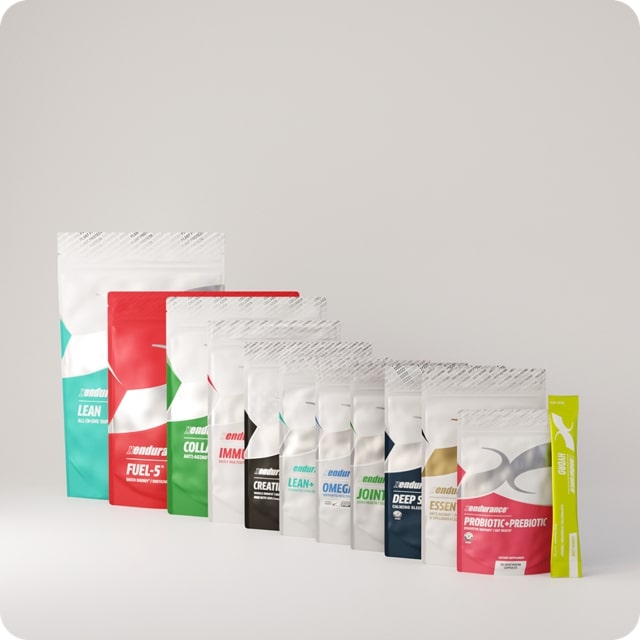
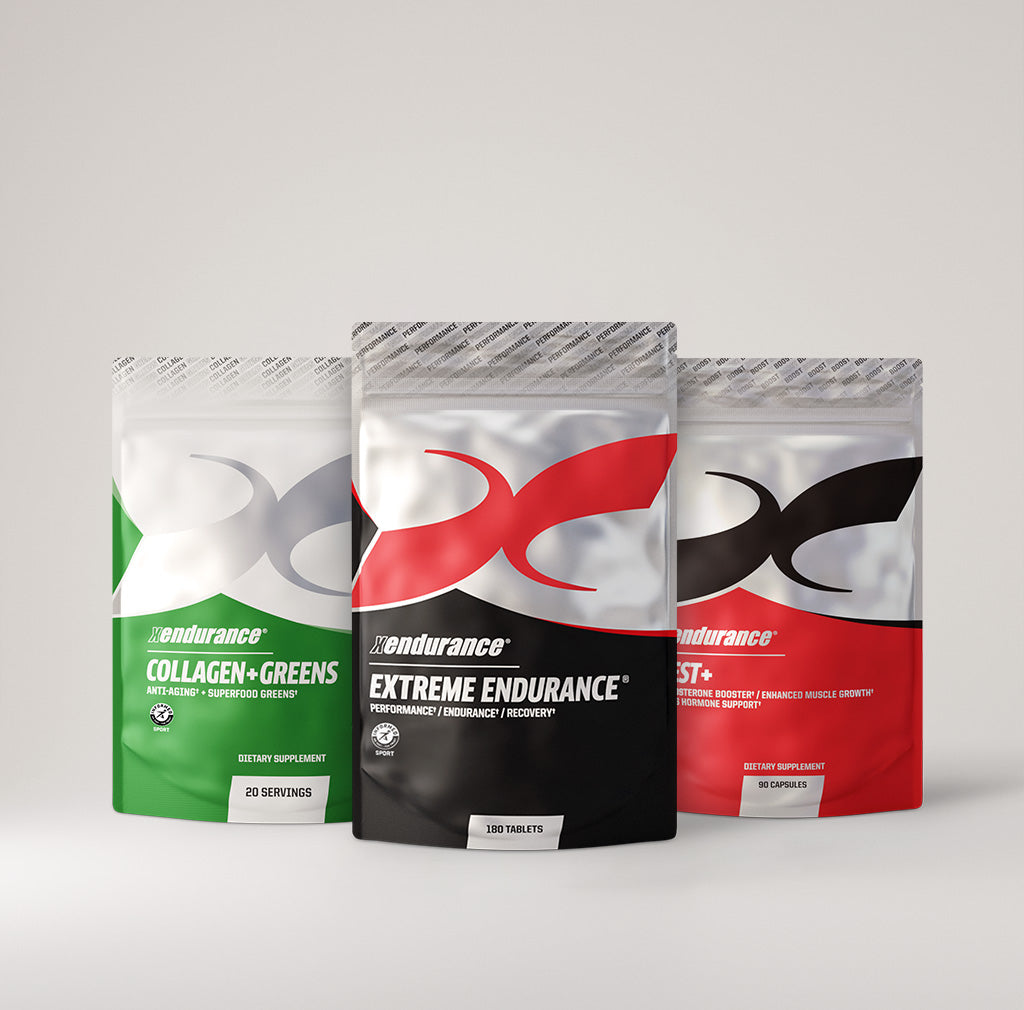
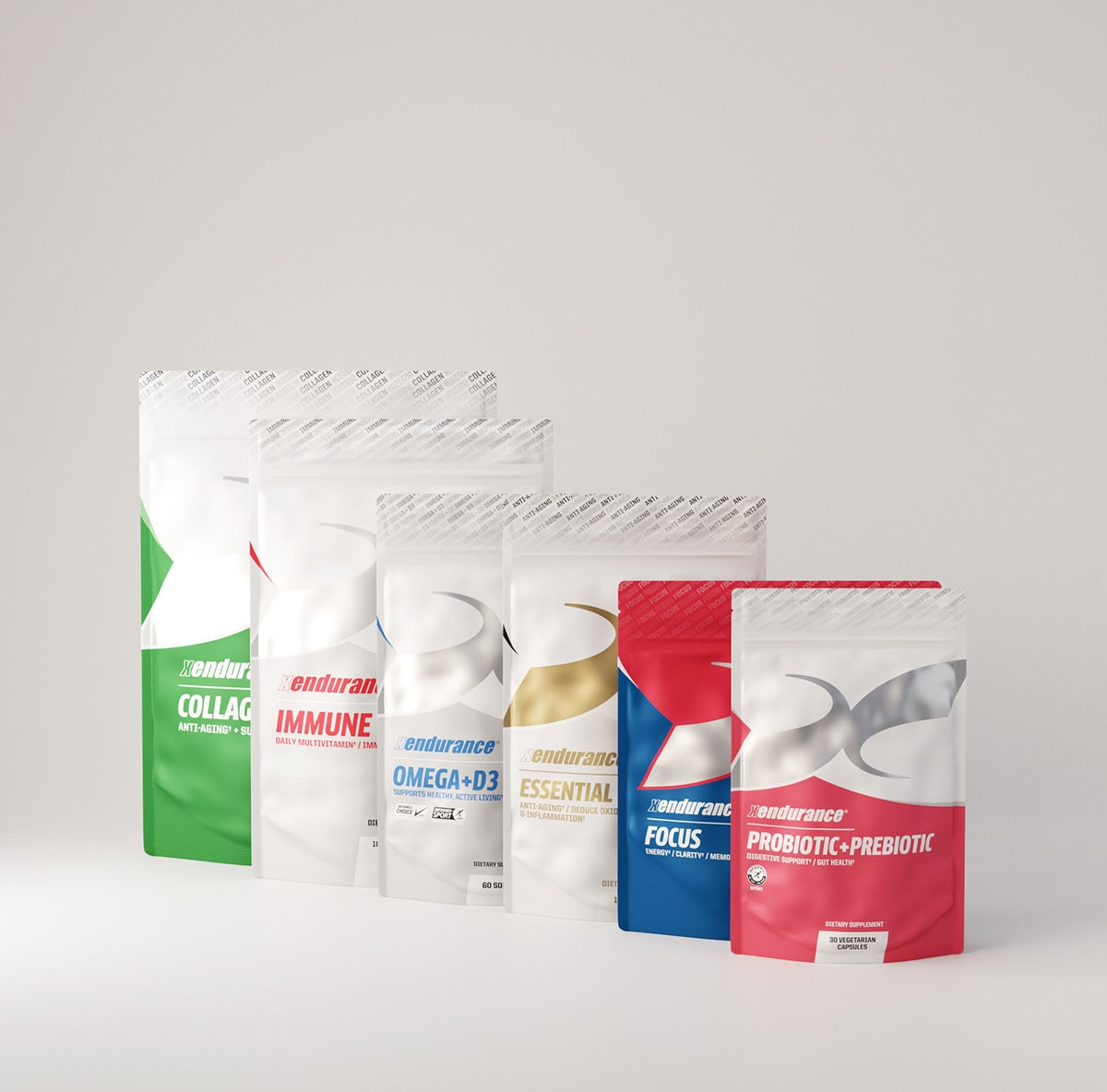
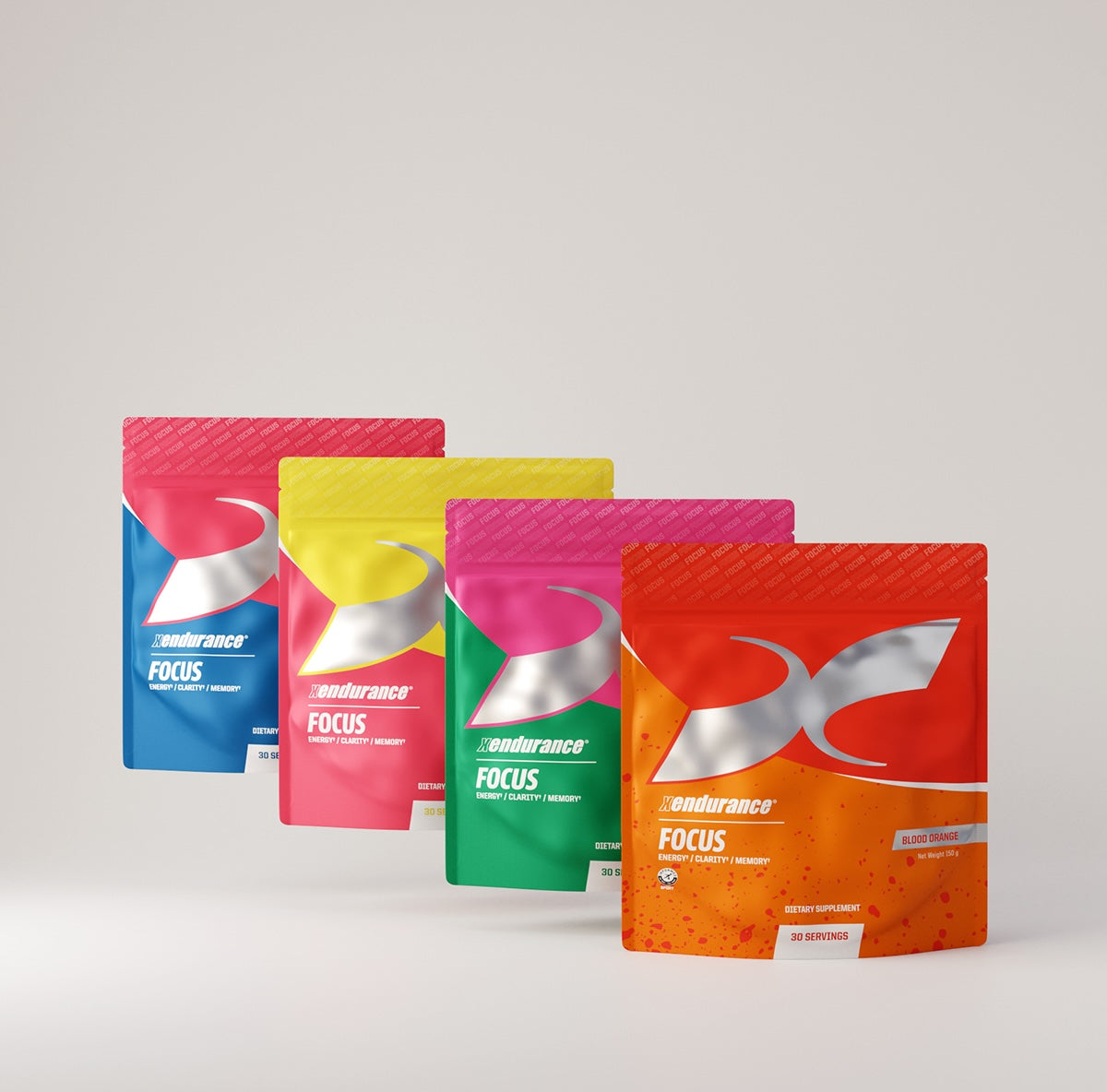
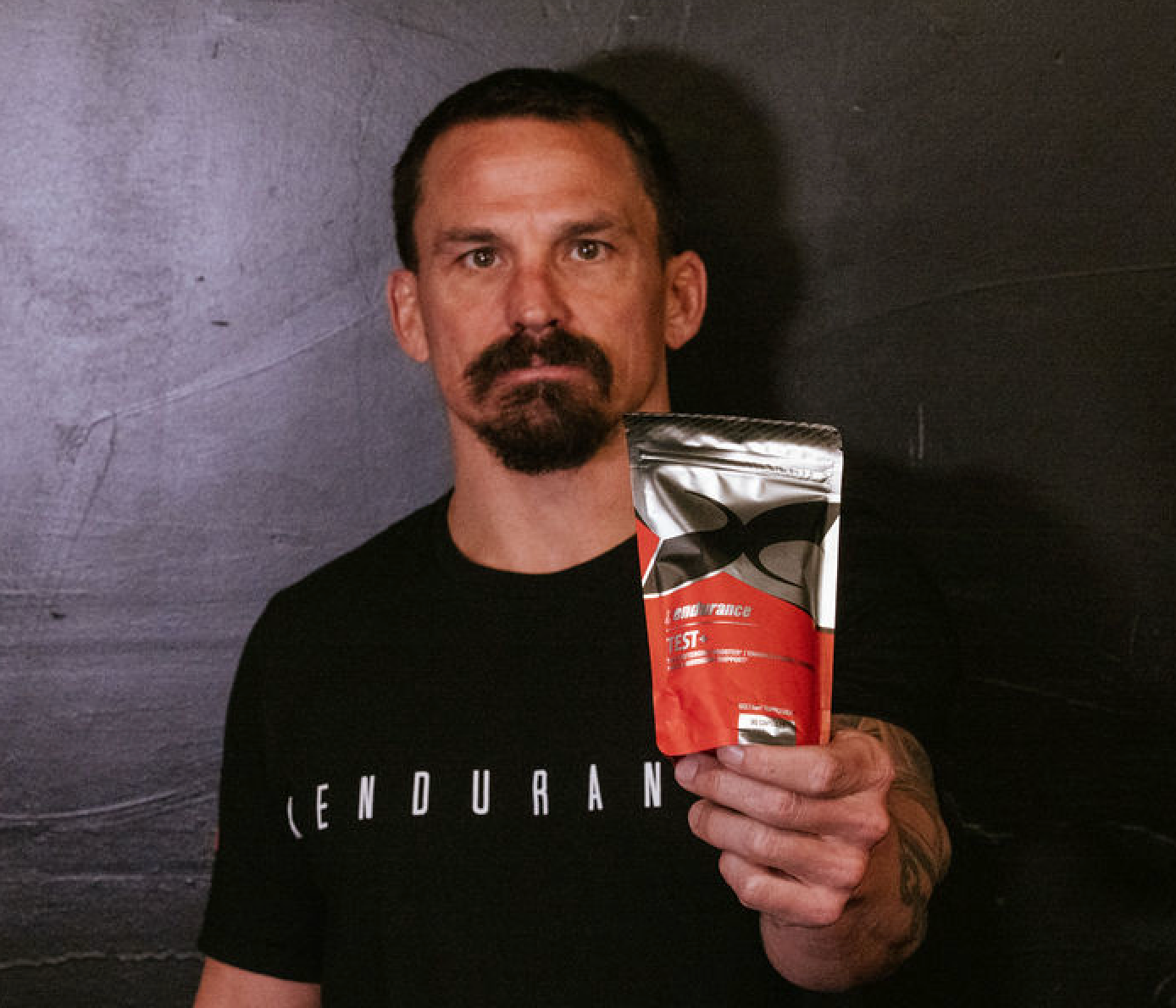

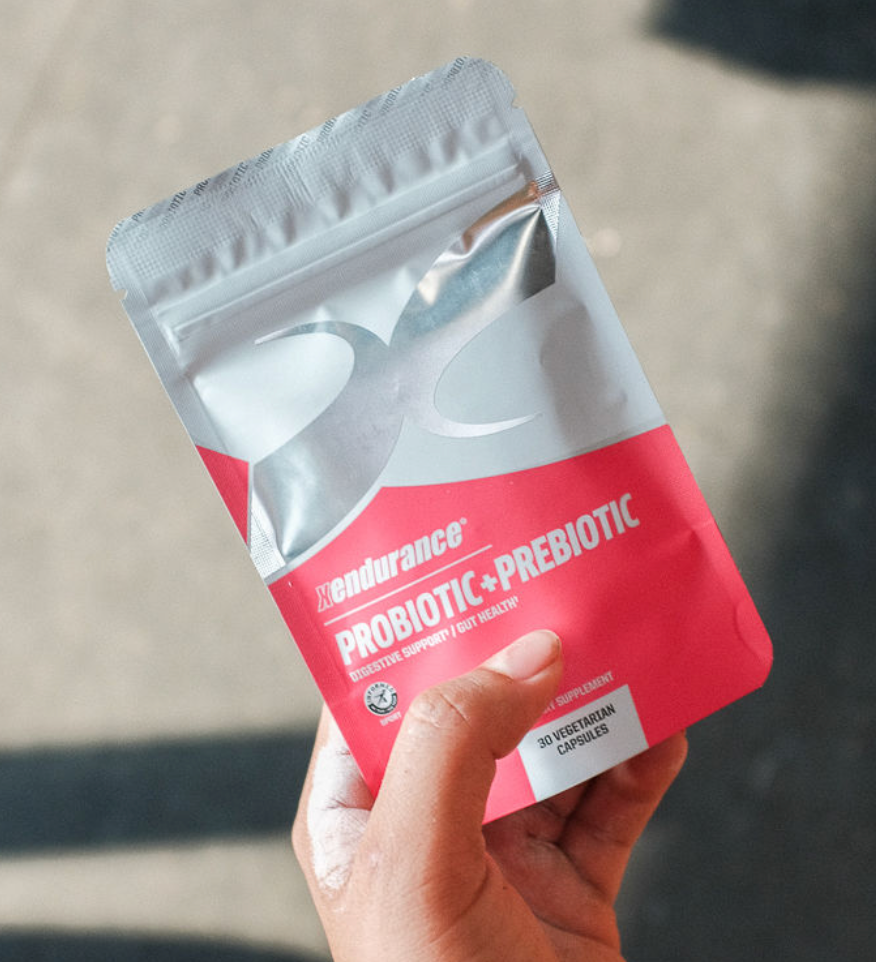
Leave a comment
This site is protected by hCaptcha and the hCaptcha Privacy Policy and Terms of Service apply.